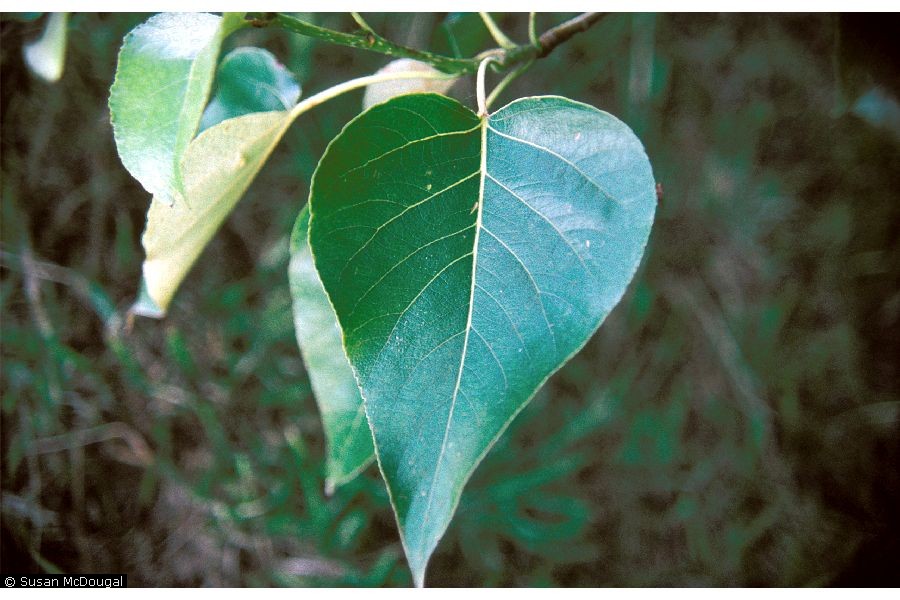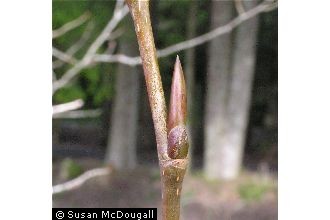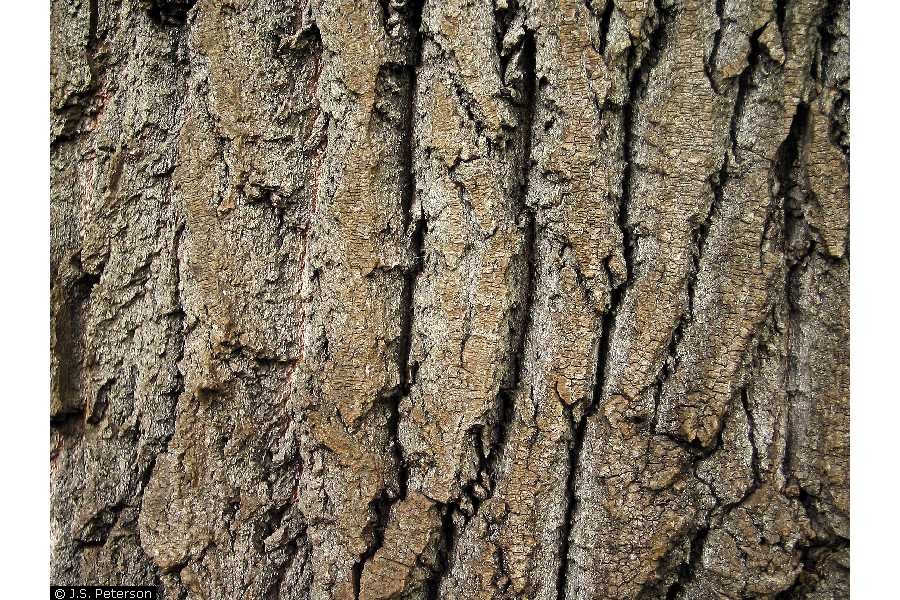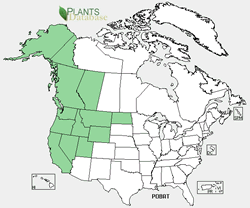Fire effects- Black cottonwood is frequently damaged by fire with low-severity burns even often causing "considerable injury". Young black cottonwood trees and seedlings are usually killed by fire regardless of severity. Severe fire kills or top-kills even older trees. In low- and moderate-severity fires older trees with thick bark may not be top-killed. In members of the Populus genus stem bark remains thin for longer than in other trees. Though old trees have increased fire resistance due to thicker, they have higher fuel loading and more heartrot, which can increase fire severity. Trunks that are not top-killed may be more susceptible to Cytospora spp., and other fungal pathogens.
Environtmental: Young saplings are frequently injured and sometimes killed by unseasonably early or late frosts. Frost cracks also lower quality of wood and provide an entrance for decay fungi. Ice storms and heavy snowfall cause considerable breakage and permanent bending. Wind damage is common, especially in stands where black cottonwood trees are much taller than surrounding vegetation; top breakage and bending result. Erosion along rivers and major streams also takes its toll in adjacent black cottonwood stands. The species is highly susceptible to fire damage.
Mammals: Mammals can create serious problems in black cottonwood plantations, especially at time of establishment or soon after. Meadow voles and meadow mice can cause severe losses in young plantations; such damage occurs most commonly on grassy or herb-covered sites. The voles feed on roots and sometimes girdle the lower stem. In some locations, rabbits and hares cause losses in young cottonwoods via clipping and basal girdling damage. Damage also results when beavers use cottonwood for food and construction of dams. Browsing and trampling of saplings by elk and deer sometimes decimate small, isolated plantings. Slugs have girdled cottonwood stems and presumably have eaten buds and newly emergent leaves of recently planted cuttings in the lower Columbia River valley.
Pathogens and fungus: At least 70 fungal species cause decay in cottonwood, but only six fungi cause significant losses in British Columbia; two of these (Spongipellis delectans and Pholiota destruens) cause 92 percent of the loss (15,17,33). A leaf rust (Melampsora spp.) has been observed in young plantations, and susceptibility to the rust appears to vary greatly across the geographic range of the species. This disease limits photosynthesis and causes leaves to fall prematurely, thereby decreasing tree growth and vigor. Severe Melampsora infections have been observed when clonal material from relatively dry areas (e.g., east of the Cascade Range in Washington or Oregon and northern California) was planted in western Washington (9); in one instance, such infections resulted in death of the clones. Other foliage diseases include leaf-spot syndrome (Venturia populina) and yellow-leaf blister (Taphrina populisalicis). A deformity of catkins is caused by Taphrina johansonii. Cytospora canker (Cytospora chrysosperma) is widespread under forest conditions but rarely causes significant damage in vigorous cottonwood stands. It may cause problems, however, to cuttings in nurseries and plantations. Stem cankers in various areas have been reported as caused by Dothichiza populea, Fusarium spp., Hypoxylon mammatum, Nectria galligena, and Septoria musiva. None appear to be of great significance in management of black cottonwood, but severe attacks of a bacterial canker have reportedly limited planting of the species in Europe. Black cottonwood is also subject to the condition known as wet wood, which leads to wood collapse during drying.



